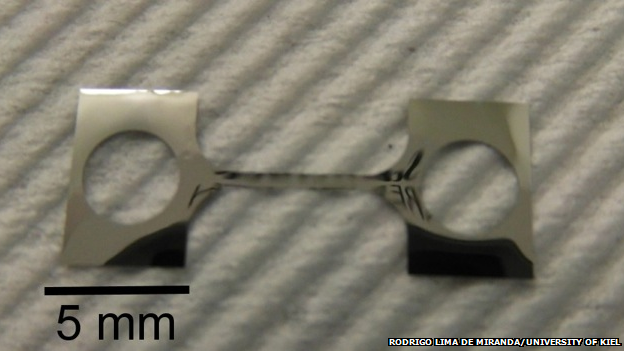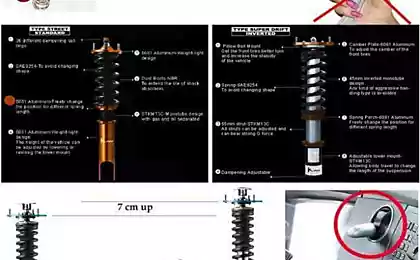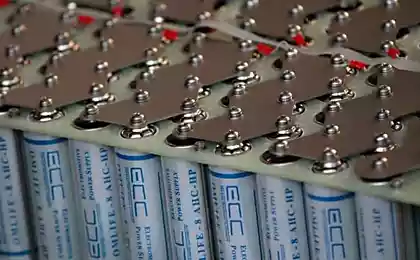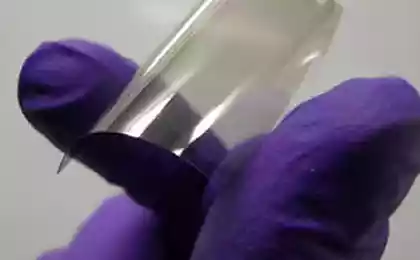746
Scientists have found memory alloy which can withstand millions of cycles

The prototype under a microscope / BBC i>
In a joint paper by scientists from the German Institute for Materials Science (Kiel) and the American University of Maryland, College Park demonstrated memory alloy < / a>, which has unique characteristics. It is able to withstand up to 10 million cycles without any signs of "fatigue" of the material. The alloy is made of nickel, titanium and copper.
Memory alloys, or эффектом shape memory , were opened in the first half of the 20th century. Their feature is that when heated they assume their original shape even if the cold they were in some way deformed. These properties are metal alloys, whose compositions are classic - a nickel-titanium, and copper-aluminum-nickel.
There are also one-way and two-way memory effect. In the first case, after cooling, the material remains in the form in which it adopted during heating. In the second, he takes on cooling the form that it was given in a cooled state, and when heated - the original.
Changing the shape of the internal structure contributes to the crystal lattice, which is stressed by deformation and after heating is able to recover.

A general view of prototype / BBC i>
Thanks to these properties, these alloys are frequently used as актуаторов, auxiliary fastening elements, for medical purposes. They can replace moving parts that wear out and require lubrication. But all memory alloys have a common drawback - accumulating fatigue. A few tens, hundreds or thousands of cycles of heating-cooling of the material constituting the inner damage leading to its destruction.
Sharing a nickel, titanium and copper scientists succeeded so successful structure of the material, that during the experiment, which lasted several weeks, it changes shape without breaking 10 million times. After the experiment, the experimental structure of images has been studied with the help of powerful microscopes and X-rays.
This will allow the use of such endurance alloys hitherto impossible areas - from refrigerators with no moving parts to parts of an artificial heart.
Source: geektimes.ru/post/251330/
Hawaii continues to experiment in long-term isolation team of astronauts
Sports babes in tight leggings with a perfect figure. Part 1.























